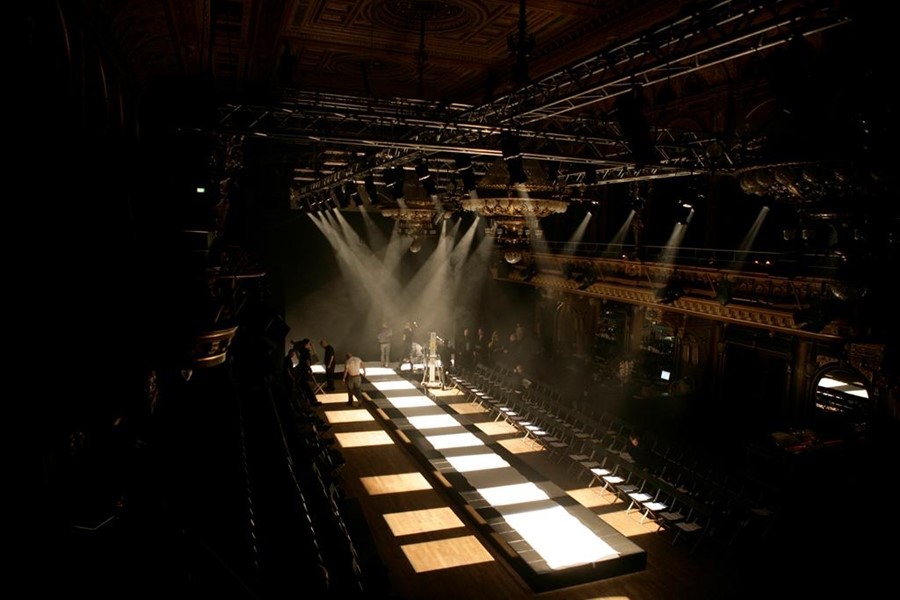Stockholm Fashion Week city highlights
Thanks to IKEA, H&M and their high-street brethren, Sweden is a world leader at distilling its own crisp aesthetic and others’ designs into the accessible items we wear, work on and live with every day. “Statistics can be made to say anything,” concedes Madelaine Levy, the Editor-in-Chief of Bon Magazine, Sweden’s tastemaker publication. “But the facts are that Sweden is a powerful force for global fashion production. And now we also want to showcase our country’s artistic aspects and creativity.” In contrast to the cheap and cheerful clothes that Sweden ordinarily champions, Stockholm Fashion Week is Sweden’s venue for demonstrating that it is also a hub for challenging and unique fashion – the equivalent of the slow-food movement’s assertion that it can also serve as the vanguard of take-away restaurants.
The distinctive brilliance of Stockholm’s fashion week lies in its appreciation of this dynamic and its avoidance of obvious splashy theatrics, while keeping the events efficiently organised, intimate and characteristically streamlined. With snow drifts to contend with, the organisers’ wise decision to locate events within the Berns, the opulent 19th century hotel-cum-concert-and-events hall where most of the guests were staying, saved everyone’s heels and mood. It also provided a charming and distinctive setting for the mostly eveningwear oriented shows that graced the chandeliered and gilded showspace. Under the dreamy crystal lights, Lovisa Burfitt, the decadent Max Factor Award winner, beautifully combined Gustav Klimt, John Galliano’s tubercular Belle Epoque vamps and Europe’s magnificent thriving fetish scene.
However, few looks on the catwalk were as sleek, polished and tantalising as the Swedish fashion insider’s uniform of a chunky heritage fur, which the stunning fashion week organizer Kajsa Guterstam explained is usually at least third generation from “flea markets, or one’s own family attic,” with black leggings or tights paired with black shorts and skyscraper black heels which can do double duty as crampons when walking through the ice and snow.
But the highlight was the salon presentation of Hope, which took place in the petite and romantic gilded Royal Dramatic Theatre. As guests ate a delicate meal from the Faro region of Gotland, and a second tier of onlookers snapped photos from an upstairs gallery, the two designers gave brief, scholarly explanations of how their crisp, beautifully tailored mens and womenswear reflected the influence of Ingmar Bergman’s film The Seventh Seal. Without ever becoming costume-y, the collection was understated but intellectual. And the audience’s closeness to the clothes and the stately setting combined with the clean and meticulously crafted looks validated Stockholm’s ability to produce high-calibre, high-end fashion.
Ana Finel Honigman is a Berlin-based critic, curator, PhD candidate at Oxford University and lecturer at NYU. She writes regularly on contemporary art and fashion for Artforum.com, ashadedviewonfashion.com, Interview.com, the New YorkTimes, Style.com, V, British Vogue and many other publications
